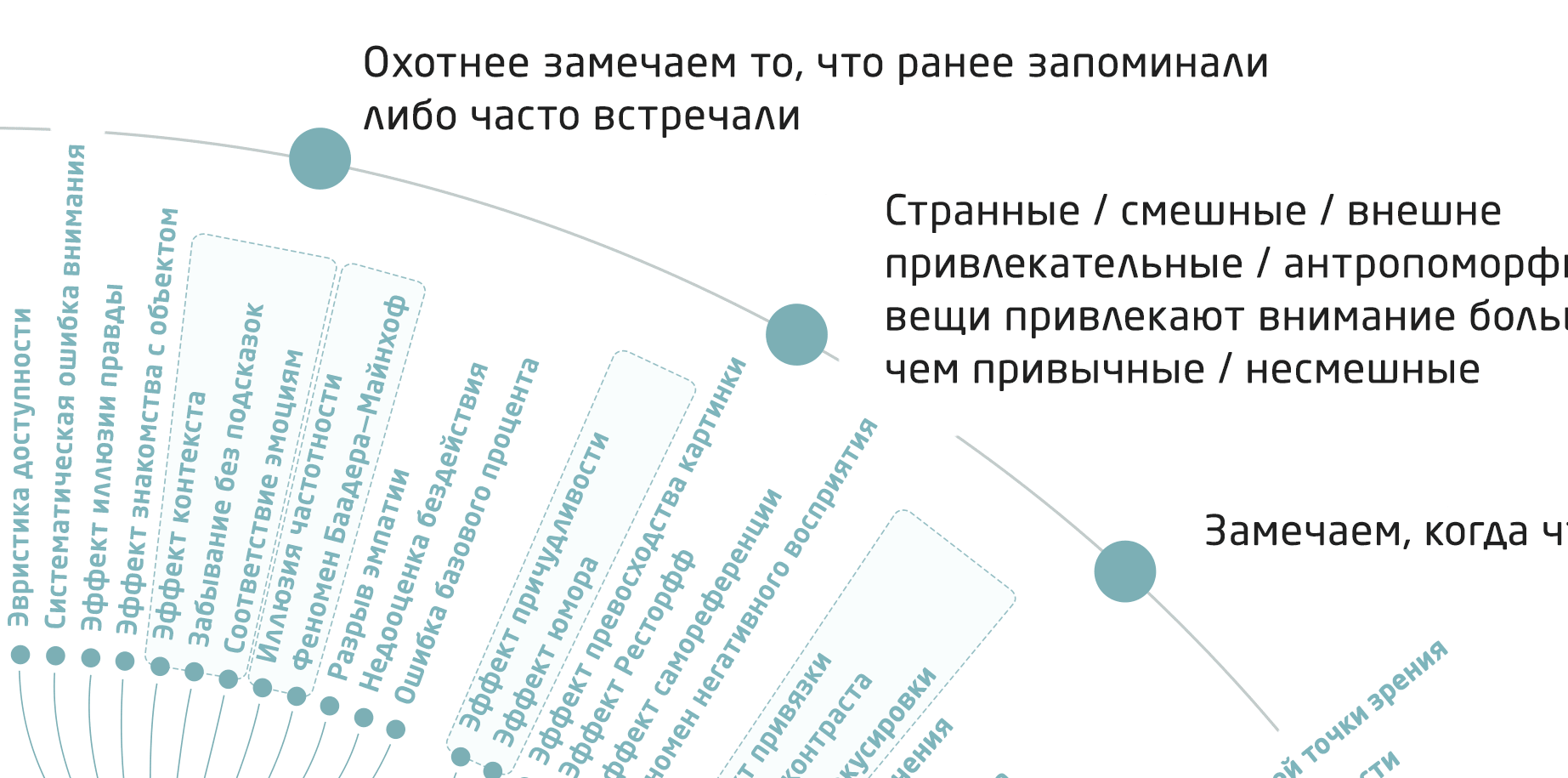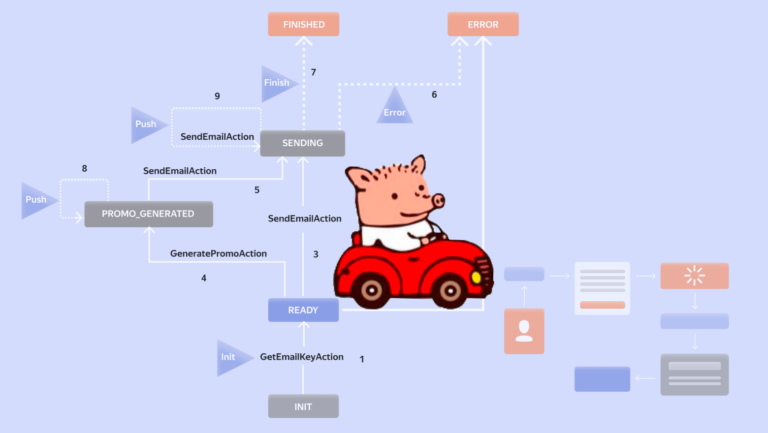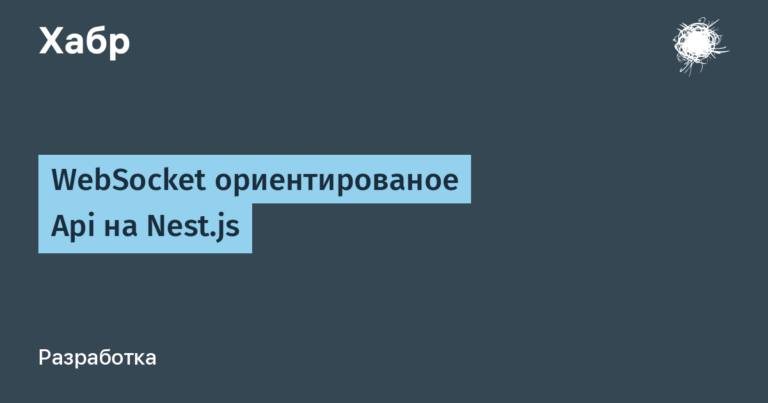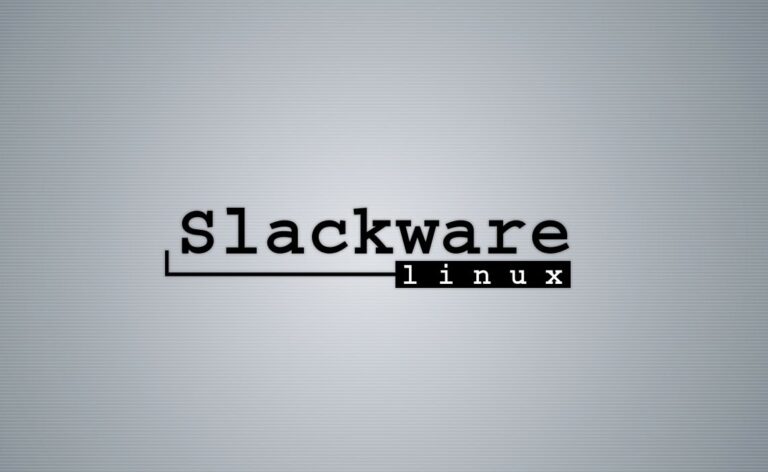Ethical anti-design. Developing products that are not addictive

Viral internet memes exploit a range of bugs (cognitive distortions) of the human brain to grab attention
The main resource of the modern economy is attention. It is for him shamelessly commercial firms compete. More attention, more money. A startup no longer has to sell a paid subscription, the main thing is to attract attention. It will pay off. The overriding task is not to give anyone a minute of the attention of their users.
But here there is a risk that a person will get hooked on a completely useless product. Of course, this is a business dream. Therefore, some designers knowingly or unknowingly manipulate people, exploiting their weaknesses.
How to get and keep the user’s attention is a whole science. Here are specific bugs that can be exploited.
Sensory overload and dark patterns
First of all, cognitive distortions from the set of “information overload” are involved. These specific bugs show up only in conditions if the human brain is overloaded with unnecessary information.
The sensory system begins to work in a different mode, in a sense weakening the defense – that’s when these cognitive distortions appear. For example, people are attracted to information that confirms their beliefs (tendency to confirm one’s point of view and related phenomena). This is successfully exploited by social networks that transform news stream. As a result, a person sees entirely “interesting” news, closing himself in his information bubble. It is important to understand that this is a filtering of information not by its quality, but rather the opposite, by its “poor quality”, for the sake of specific subjective sensations… In other words, the news feed can contain a lot of “junk” news from unverified sources, rumors, articles from the yellow press. The social network does not care about the quality of information; the main thing for it is to keep the attention of a particular user. For another user, another filter. For example, there might be a scientist who is interested in scientific research. He will be offered scientific articles from authoritative sources (it’s a pity, there are not many such people on social networks).
Other useful cognitive biases to organize a person’s “sticking” to useless / arbitrary information:
- Quirkiness effect
- Humor effect
- Picture superiority effect – pictures are easier to remember than words. The effect has been confirmed by numerous scientific experiments.
- Restorff effect (isolation effect) – in a series of similar objects, it is easier to remember the one that stands out from others. For example, a number is easier to remember in a series of letters (vtsu5kekvr), and not in a series of other numbers (35856896).
- The phenomenon of negative perception – things of a negative nature, even under the condition of equal strength, are perceived by a person more strongly than things of a positive nature. The negative is perceived brighter, more clearly and well remembered. Interestingly, some scientific studies show that this cognitive bias disappears with age. Moreover, people in adulthood sometimes even experience the opposite cognitive distortion – a bias towards the positive. That is, older people take negative information for granted and do not react to it, but they perceive positive information more strongly (see. “The negativity bias is eliminated in older adults: Age-related reduction in event-related brain potentials associated with evaluative categorization”… Psychology and Aging. 21 (4): 815-820. doi: 10.1037 / 0882-7974.21.4.815).
- Object familiarity effect – the tendency of people to express unwarranted sympathy for an object just because they are familiar with it.
- Truth illusion effect – the tendency to believe that information is true if we have heard it many times.
- and etc.
Sensory overload is achieved through an abundance of pictures and text. Ideally sound is added. The news feed must be endless. Infinite scrolling used to be considered a dark design pattern aimed at keeping a person’s attention. But today it is practically the standard on the Internet.
Again, good designers and developers unknowingly use cognitive biases to create / advertise really good products. But there is always a risk of abuse. Only awareness of the mechanisms of perception makes it possible to exclude these risks.
Ethical anti-design
But what if you have really created a high-quality and useful product that is almost impossible to tear yourself away from?
Canadian developer Nat (natjms) gives an example with the Wii game console, which, during too long a game, periodically displayed the following pop-up message:
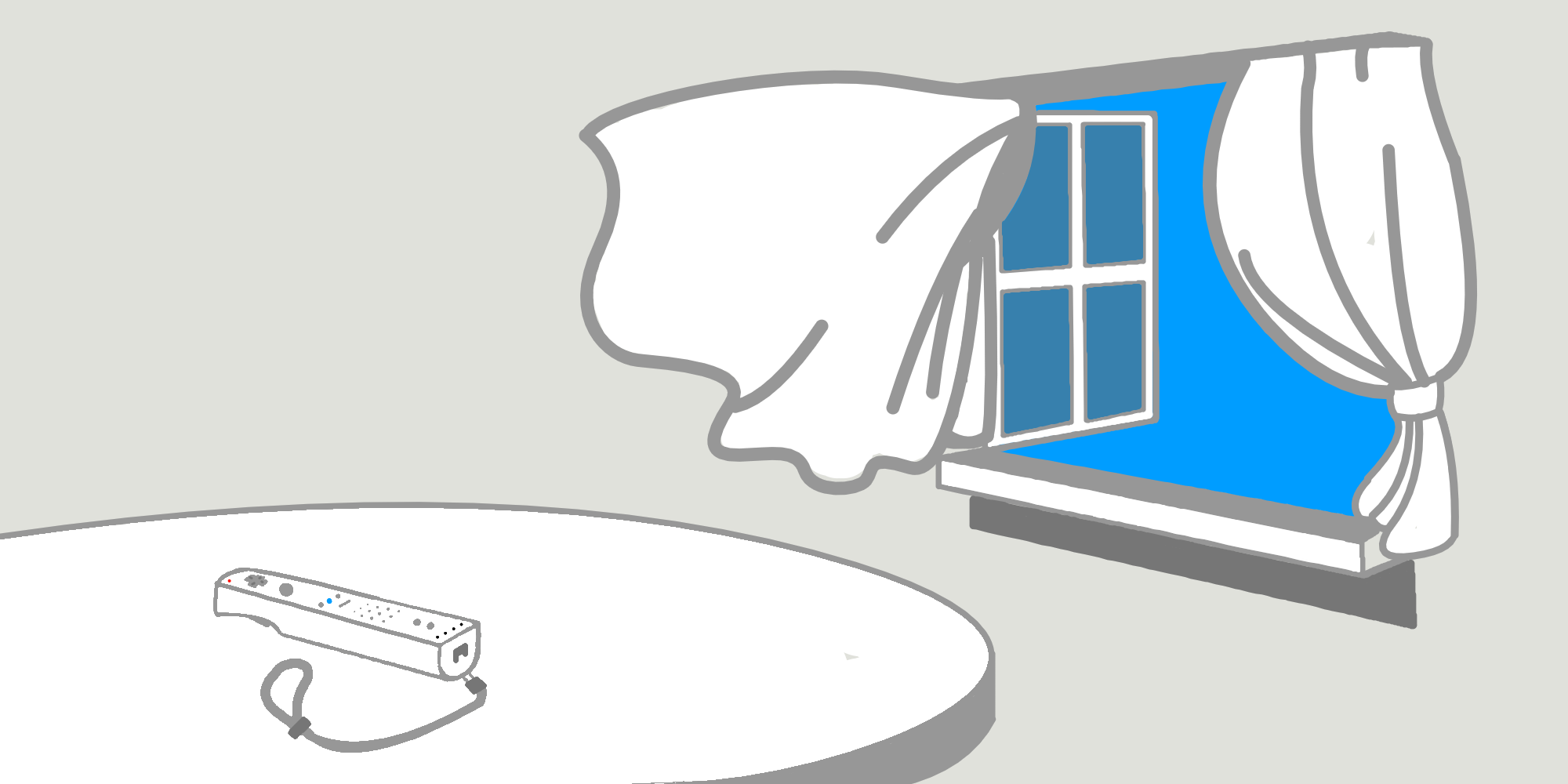
The Wii remote lies next to an open window
The message politely reminds you that you can always take a break. Apparently, Nintendo understands that the audience is mostly young children, so the company felt the need to intervene if the player spends too much time playing the game – in the player’s best interest (and perhaps to reassure the parents).
This practice can be called “ethical anti-design”, and it really is quite rare in modern products. After all, they are actively fighting for the attention of users. Social networks like Instagram and Tiktok are an endless stream of algorithmically selected content. There, the developers set the opposite task: so that the person is not distracted not for a second…
Justin Rosenstein, inventor of the Like button
Aza Raskin, inventor of infinite scrolling
Most open source developers don’t have much formal experience in UI / UX design. This is why so much open source software is either extremely brutal (Blender) or very closely related to the design of the proprietary counterpart (see KDE). But if you copy the design of a competitor, then there is a risk of running into the same problem with addiction. For example, Twitter’s interface has been specifically designed to maximize the amount of time a person spends on Twitter per day. In turn, a free analogue Mastodon is forced to adopt this dark pattern.
Nat proposes rethinking the way we design interfaces and clients in light of how best to balance the creation of positive experiences with those that prioritize human well-being.
Ethical anti-design includes several concepts.
First, it has nothing to do with the original anti-design – an Italian design movement that criticizes consumer culture. Although this is relevant in the modern world, we are talking about something else. We’re talking about a more pragmatic anti-design that’s more common in interfaces. For example, when the recycle bin on your computer asks you for confirmation before permanently deleting your files. This is anti-design – its task is to specifically prevent or slow down the dangerous actions of the user, which he performs on the machine… But the situation is the same with thoughtless scrolling on social networks.
One great example is deleting a repository on Github. On the settings page of your Github repository, all “dangerous” actions are grouped into a very scary red box. At the very bottom of this field is the option to permanently delete the repository. If you click on it, Github takes it one step further and asks you to enter the repository name in a dialog box. This completely excludes impulsive actions.
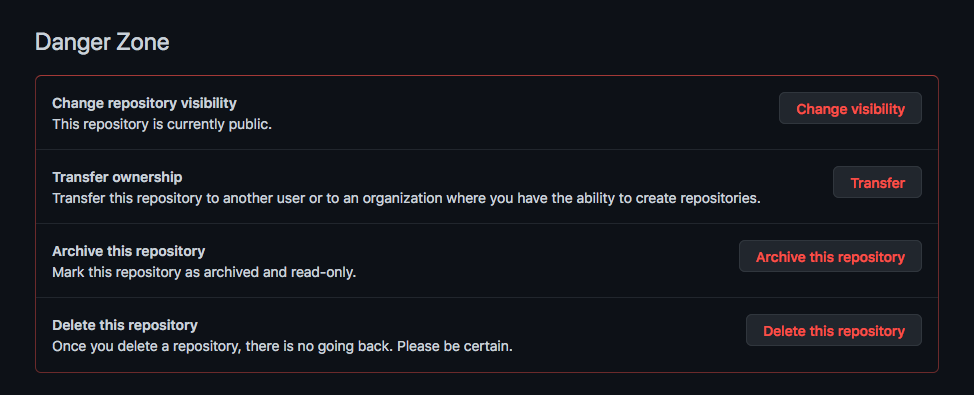
Ethical anti-design takes these ideas and applies them to a code of ethics. If you identify the main enemy in the list of addictive practices, then this is infinite scrolling… Hence, in terms of ethical anti-design, we must prevent infinite scrolling.
There are several options for doing this. For example, a “Next” button that suddenly appears, effectively appeals to the mind of a person who has to interrupt thoughtless scrolling and explicitly indicate a desire to continue consuming content.
However, infinite scrolling is not the only thing that causes addiction to social media. Another way to hook people is to get them into games. The number of likes, subscribers, views – these numbers push people to compare, evaluate, compete. Pure gamification. It seems that people are tempted to compare themselves with others on the Internet, which is exploited by unscrupulous developers, setting numerical estimates, making user ratings etc.
In general, ethical anti-design is the practice of deliberately adding friction (such as pauses) to an application’s interface to prevent addiction or other unhealthy behavior.
Nat himself is currently working on a client Resinwhich works on the user side and tries to minimize addictive dark patterns like endless scrolling. Roughly speaking, the client in every possible way prevents the user from thoughtlessly consuming content. The work is far from complete. Ideally, the application should pop up alert boxes and insert delays into infinite scrolling.
Digressing a little from the topic, there is a philosophical assumption that any good product is almost addictive by default. If so, then the creators of such a product have a double responsibility – not only to satisfy the user, but also to take care of him.
On the other hand, all dull products come with “built-in protection” against addiction …
Advertising
Epic servers – this is virtual servers with powerful processors of the AMD EPYC family and fast disk storage based on Intel NVMe disks. Everyone can create a tariff for themselves!
